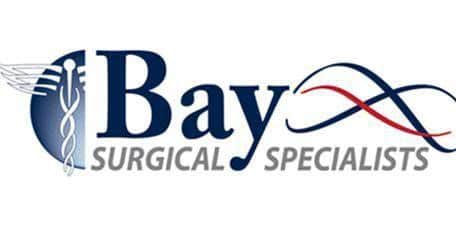Hernia Repair
A hernia repair may be needed when an organ or fatty tissue squeezes between muscles or connective tissue. Some types of hernias can be painless and relatively innocuous while other types may be painful and/or dangerous. Some can be seen like an odd bulge on the skin while others cannot be seen.
Hernias are caused by pressure near a weak spot. They can occur naturally or from a strain, such as a lifting, pregnancy, previous incisions, even stomach issues, coughing and sneezing can lead to a hernia. Hernias can be slow to appear, such as an enlarging belly button, or they can suddenly pop out, which may feel like tearing and can be painful. Regardless of when or how a hernia appears, there can be associated risks, such as a strangulated intestine, and it is important to seek medical advice to determine your best course of treatment.
Most people are familiar with groin hernias, which often result from lifting heavy objects or other types of strain, but there are other types and they are diagnosed based on their location.
Types of Hernias:
Inguinal - when you see a hernia bulge in your lower abdomen
Femoral – you may or may not see a bulge in your upper thigh impacting your femoral canal
Umbilical – about 1 in 5 babies are born with this type of hernia but it can happen to anyone at any time. Patients often present with soft swelling or bulge near the navel as a result of the intestine protruding through the abdominal wall.
Incisional – when someone has a surgery the scar tissue that forms around the incision site may be weak and allow for a hernia to occur.
Epigastric – the space between your breastbone and belly button is the epigastric region. A hernia is likely to result from obesity or issues present at birth.
Hiatal – Hiatal hernias occur when the upper part of the stomach squeezes through the diaphragm. People suffering from hiatal hernias often experience heartburn or chest pains.
Both men and women of all ages can get a hernia. Hernias are a common problem that can often be repaired with surgery. At Bay Surgical Specialists, we employ several surgical options to get the best results possible.
Laparoscopic or robotic surgeries are minimally invasive and often chosen for its many benefits. After a medical health check, a patient will be given general anesthesia for a pain-free experience. The surgeon makes small incisions to allow room for instruments and cameras. The abdomen is filled with a harmless gas that gives the surgeon space to manipulate the laparoscope and tools. Once the repair is made, the surgeon can close the incisions with a few stitches, and the patient should experience less pain, a quick recovery time, and a quicker return to normal activities after a period of restrictions.
Open hernia surgery can be required for a variety of reasons. Much like a laparoscopic or robotic procedure, this is performed under general anesthesia. The surgeon will make an incision that would be large enough to work effectively. The hernia is pushed back into place and the weakened muscle or connective tissue is repaired. After the incision is closed and patient moved to recovery, it will likely be a few hours before being able to go home. Rest is recommended for a few days and certain activities will be restricted to give the repair time to heal properly.
Procedural & Resource Videos

